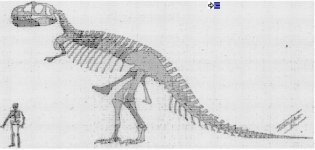Taphrospilus
Well-known member
Even if the key is shut down |=(| I have at least this three still for discussions.
carabayae was in the not longer alive key
Troglodytes aedon carabayae p. 296. No question it can be the Sierra de Carabaya but why not the whole Carabaya Province?
atacamensis was in the not longer alive key
Troglodytes aedon atacamensis I would clearly attribute to Atacama Region.
And finaly Troglodytes aedon rex I ask myself which king Berlepsch and Leverkühn may have in mind? Maybe Paul Leverkühn had Ferdinand I of Bulgaria in mind, but he was not a king in 1890 (only a Knyaz).
carabayae was in the not longer alive key
Sierra de Carabaya, Puno, Peru.
Troglodytes aedon carabayae p. 296. No question it can be the Sierra de Carabaya but why not the whole Carabaya Province?
atacamensis was in the not longer alive key
San Pedro de Atacama, Chile.
Troglodytes aedon atacamensis I would clearly attribute to Atacama Region.
And finaly Troglodytes aedon rex I ask myself which king Berlepsch and Leverkühn may have in mind? Maybe Paul Leverkühn had Ferdinand I of Bulgaria in mind, but he was not a king in 1890 (only a Knyaz).






